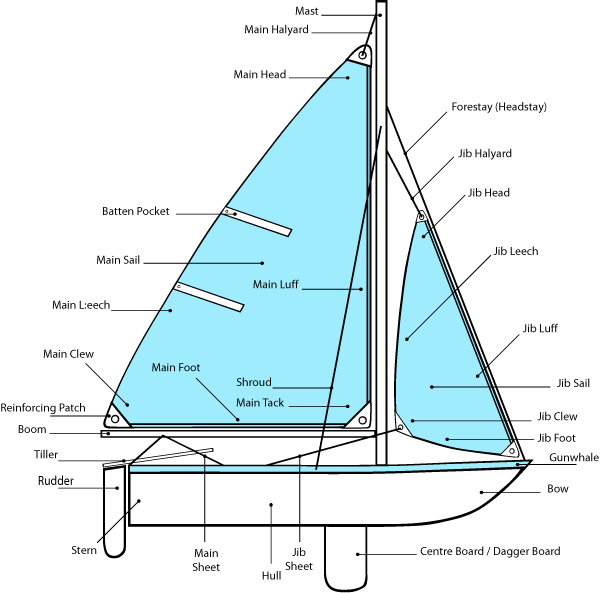
When Sacagawea married Charbonneau, she probably didn't have the type of ceremony a young Hidatsa woman would typically have had because she was a slave marrying a French fur trader.
When writing the book,
Sacagawea, I had no way of knowing what her ceremony was like because it wasn't recorded. However, I do know that the caliber of the wedding in Hidatsa tradition depended on the status of the bride and her family. Much like it is in many cultures today. The more wealthy a family is, the more elaborate the wedding can be.
Betrothal happened sometimes in childhood, but it wasn't unusual for a young man to approach the father of the girl he admired and ask if he could marry her. The girl usually had no choice in the matter. She was brought up to trust her father's judgement and abide by his wishes.
For six days the mothers of the girl (Hidatsa men had more than one wife and the wives of the lodge were the mothers of the children) prepared feast foods for the wedding. On the sixth day the girl's family carried gifts and the feast foods to the groom's lodge. The food may have been made of boiled dried green corn and ripe corn pounded to meal and boiled with beans.
Inside the groom's lodge he sat on his bed that served as a couch during the day. The Hidatsa built beds off the floor on the outside walls of their lodge, very similar to how the Vikings fashioned their lodges.
The food was set near the fire. Gifts were exchanged. The groom may give horses to the bride's father and the bride's family may gift the groom with furs and horses. Generosity was a matter of pride. The Hidatsas wanted to give more valuable gifts than they received.
The women sat on the floor with their ankles to the right, the proper way for a Hidatsa woman to sit. The groom's mother might fill a wooden bowl with dried buffalo meat, pound it to a powder and mix it with marrow fat and offer it to the bride to eat. If the bride couldn't eat it all, she would fold it up in her robe and take it home. Hidatsa's always took any food they couldn't eat home with them. To not do so was an insult to the cook.
The groom's family would pack up the gifts given to the bride and take them to the bride's family lodge and present them to the bride's mother.
For the next two days the bride would busy herself decorating a
couch/bed appointed as the marriage bed for the new couple in her
father's lodge.
At the end of the second day, the bride's mother would tell her to go and call her husband, and to tell him that she wanted him to come to her father's lodge. The groom would go to the bride's father's lodge a few minutes after her request because young men didn't walk through the village with the woman they loved in the daytime as it was considered foolish.
After the groom spent the wedding night in the bride's father's lodge, he became a member of the bride's family, and the marriage ceremony was complete.




















_Celtic_Wales.jpeg)











